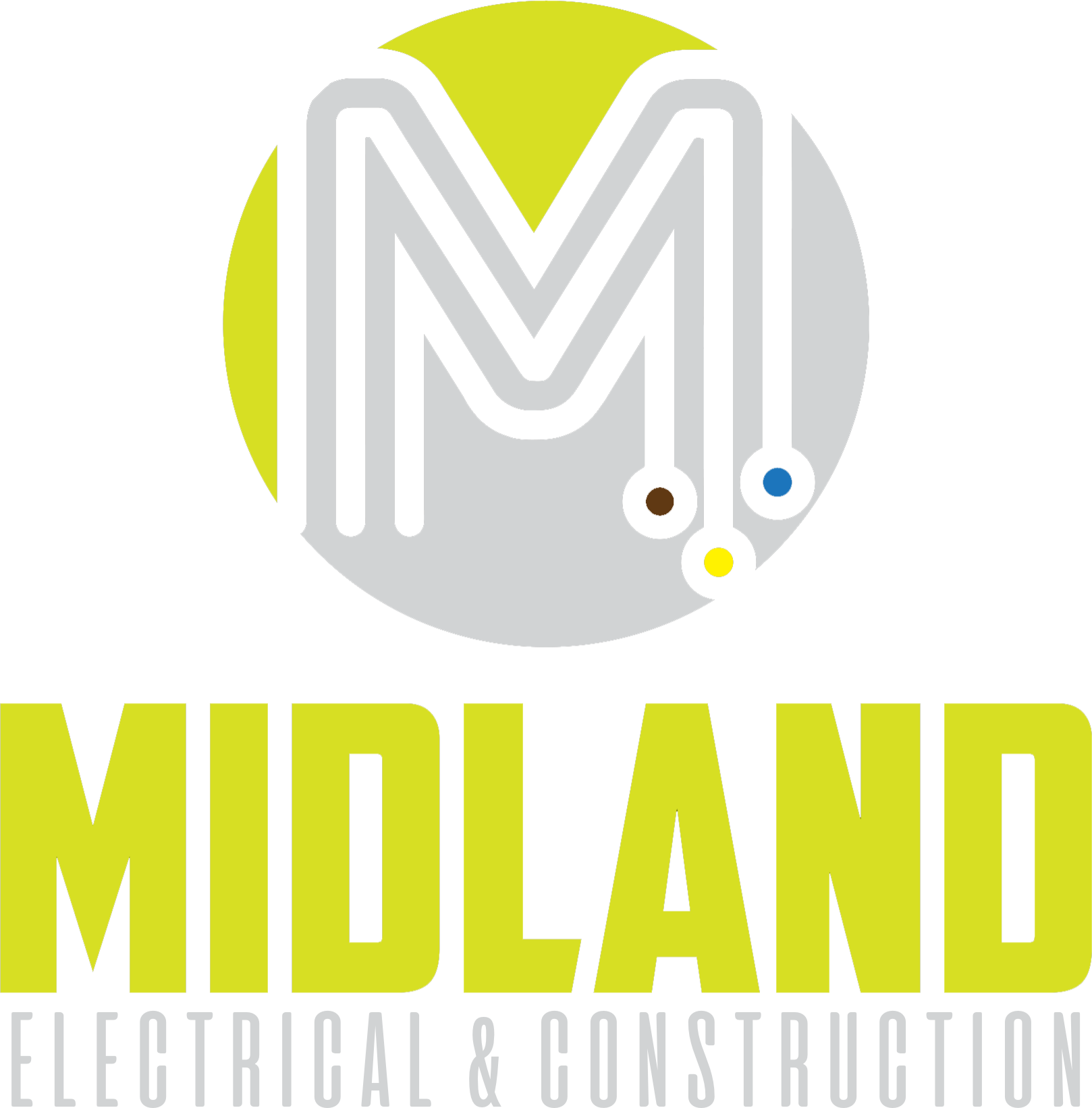Domestic Extension
Case Study: Full Build & Electrical Work for Twin Home Extensions – Kitchens & Skylights Midland Electrical & Construction recently completed a […]
CBS Arena: Electrical Infrastructure Upgrade
Case Study: Electrical Infrastructure Upgrade at CBS Arena, Coventry Midland Electrical & Construction has an ongoing relationship with the CBS Arena in […]
Fiber Optic Cabling: Why It’s the Best Upgrade for 2025 Networks
In today’s fast-paced, digitally connected world, fiber optic cabling has become the backbone of reliable, high-speed internet. Did you know that fiber […]
How to Extend a House: An Expert Guide to Planning Your Extension
Introduction Extending your house is an excellent way to enhance your living space and increase property value. However, it requires careful planning […]
Midland Electrical & Construction – Warehouse Fit Out
We specialise in a comprehensive range of services including commercial electrical solutions, network infrastructure setup, CCTV installation, fire alarm systems, commercial construction, […]
How Much is a Garden Room? 8 Essentials
“How much is a garden room?” Is one of the first questions potential owners ask. The allure of garden rooms has grown […]
What is an Office Fit Out?
What is an Office Fit Out? Here’s why you should choose the professionals. In today’s fast-paced business environment, the layout and design […]
What is Data Cabling? 5 Essential Insights: Boost Your Network
What is data cabling, and why is it so pivotal for businesses today? In today’s rapidly evolving digital landscape, the backbone of […]
Our New Website!
Welcome to our new website, feel free to have a look around. If you would like to speak with us give us […]

